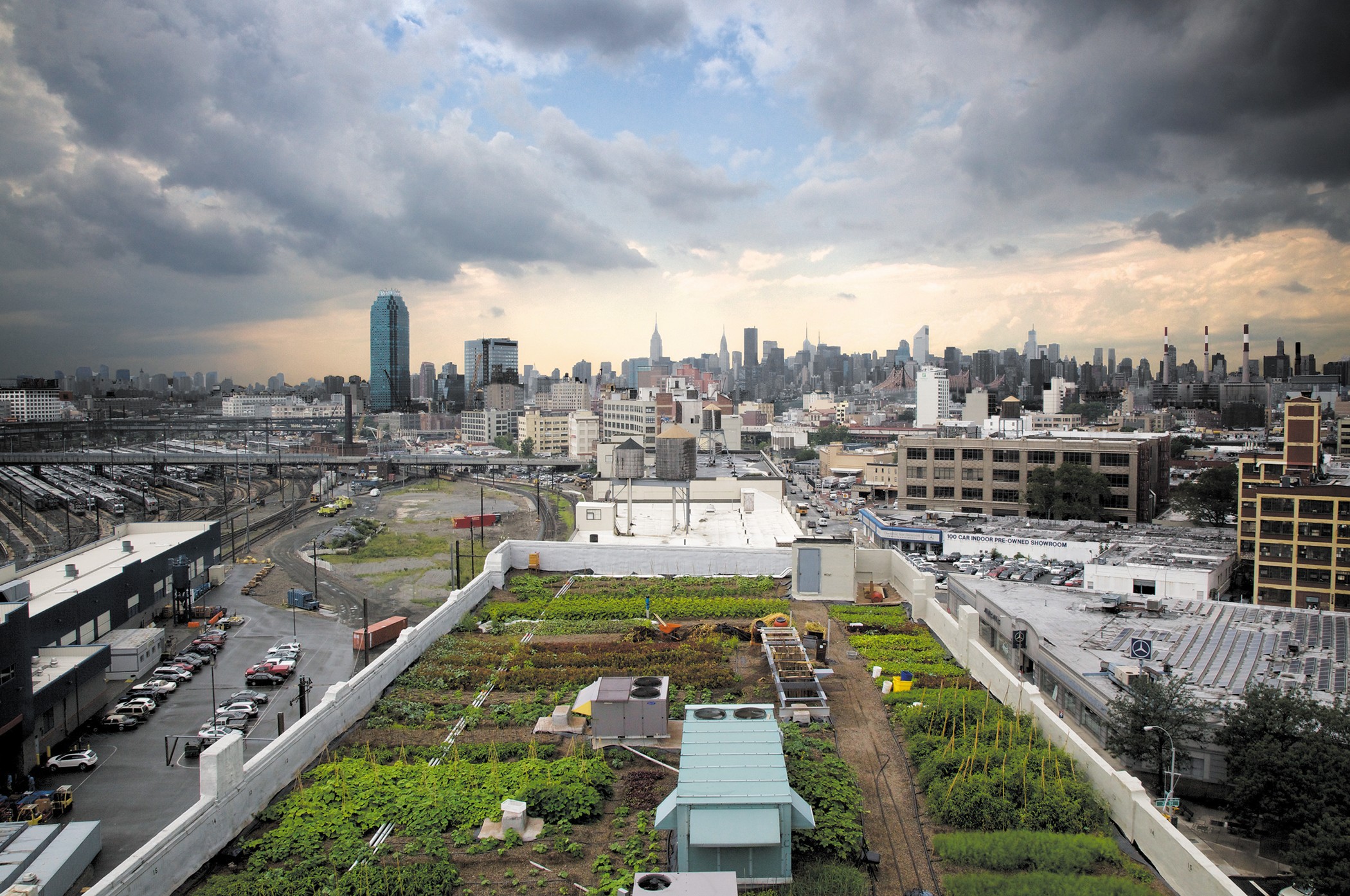The Ultimate Guide To City Blooming
The Ultimate Guide To City Blooming
Blog Article
City Blooming Fundamentals Explained
Table of ContentsThe City Blooming DiariesGetting The City Blooming To WorkThe Only Guide for City BloomingCity Blooming Fundamentals ExplainedNot known Details About City Blooming
Interested in expanding food available in the City of Chicago? Thinking regarding starting a community garden? Changes to the Chicago Zoning Statute enable farming usages like neighborhood yards and city ranches in lots of components of the city. Below is a list of regularly asked concerns regarding the guidelines and regulations that growers ought to consider when intending a city farming project.
The zoning modification does not change any type of various other codes handling composting, structure authorizations, acquiring or renting City possessed residential or commercial property, service licenses or ecological contamination. There are existing codes that regulate these issues and they remain completely impact and might apply to your project. Neighborhood yards are generally had or handled by public entities, civic organizations or community-based organizations and preserved by volunteers.
Urban ranches expand food that is intended to be sold, either on a nonprofit or for-profit basis. As a result of their commercial purpose, metropolitan ranches need a company certificate. Yes. A community yard is permitted to market excess produce that was expanded on website if the sales are accessory or subservient to the garden's primary function defined above.
Some Known Factual Statements About City Blooming
Composting is allowed however only for plant material that is produced and made use of on website. The quantity of compost material can not surpass 25 cubic lawns at any type of given time according to the criteria in 7-28-715 of the City's Municipal Code. Yes. Because the soil at many brand-new yard websites needs modifying, compost, dirt, wood chips, or various other materials can be obtained to build or boost the expanding space - landscaping.

If a structure authorization is required then the hoophouse will be considered an accessory building. You can find out more regarding the structure permit demands by speaking to the Department of Buildings. The 25,000-square-foot size restriction is meant to avoid a single area yard from controling a given block or interfering with the block's existing property or business personality.
The restriction does not relate to yards located in Public Open Space (POS) districts. Can there be even more than one community garden that is 25,000 square feet on a single block? Yes. The size limit applies to specific yards, not to specific blocks. No. Fence is not needed, nonetheless, gardens that have big car park areas may be needed to set up fence or various other landscape design features.
Some Of City Blooming
B1 & B2 districts need that all commercial use activities be carried out indoors. R areas limit commercial task. The guidelines mirror the purpose and intent of the Zoning Code. Is fencing needed for city advice ranches? Yes. Fences may be needed, together with landscape design and screening, for certain parking lot and exterior job or storage locations relying on area and the details task happening.
Urban ranches require building permits and zoning authorizations prior to building and construction (sustainability). Various other types of city review might be required depending on details structures, activities, size, landscape design, licensing, public health and stormwater administration problems.
The Division of Business Matters and Consumer Security can assist determine the particular kind of service license that's required. Off street car park is needed for the majority of business projects in Chicago. The needed number of car parking spaces is based on the number of workers working on site and not the square footage of the expanding room.
City Blooming Fundamentals Explained

Yes. A metropolitan ranch can market compost product produced on site, nonetheless, the procedure should abide by the laws in 7-28-715 of the Chicago Municipal Code. Yes. Aquaponic systems are permitted inside your home on metropolitan farms in numerous zoning districts. However, a zoning review and structure permit is needed in order to install structures or systems and an organization license is called for as defined over.
As much as 5 hives or swarms of honey might be maintained as an accessory usage. Nevertheless, beekeepers need to register with the Illinois Division of Agriculture. To find out more regarding the recommended zoning modification you may speak to the Department of Real Estate and Economic Advancement, Bureau of Planning and Zoning at 312.744.8563.
Farming in cities and urban areas An urban farm in Chicago. Urban farming refers to different methods of growing. https://canvas.instructure.com/eportfolios/2986028/Home/City_Gardening_A_Green_Oasis_in_the_Concrete_Jungle, processing, and dispersing food in city areas. The term also relates to the location activities of pet husbandry, tank farming, beekeeping, and cultivation in a metropolitan context. Urban agriculture is differentiated from peri-urban farming, which takes area in country locations at the edge of residential areas.
A Biased View of City Blooming
, that look for to form social networks established on a common principles of nature and area holism. These networks can create by way of official institutional support, becoming incorporated right into regional community planning as a "change town" motion for sustainable urban advancement.
Some of the initial proof of city agriculture comes from Mesopotamia.
Report this page